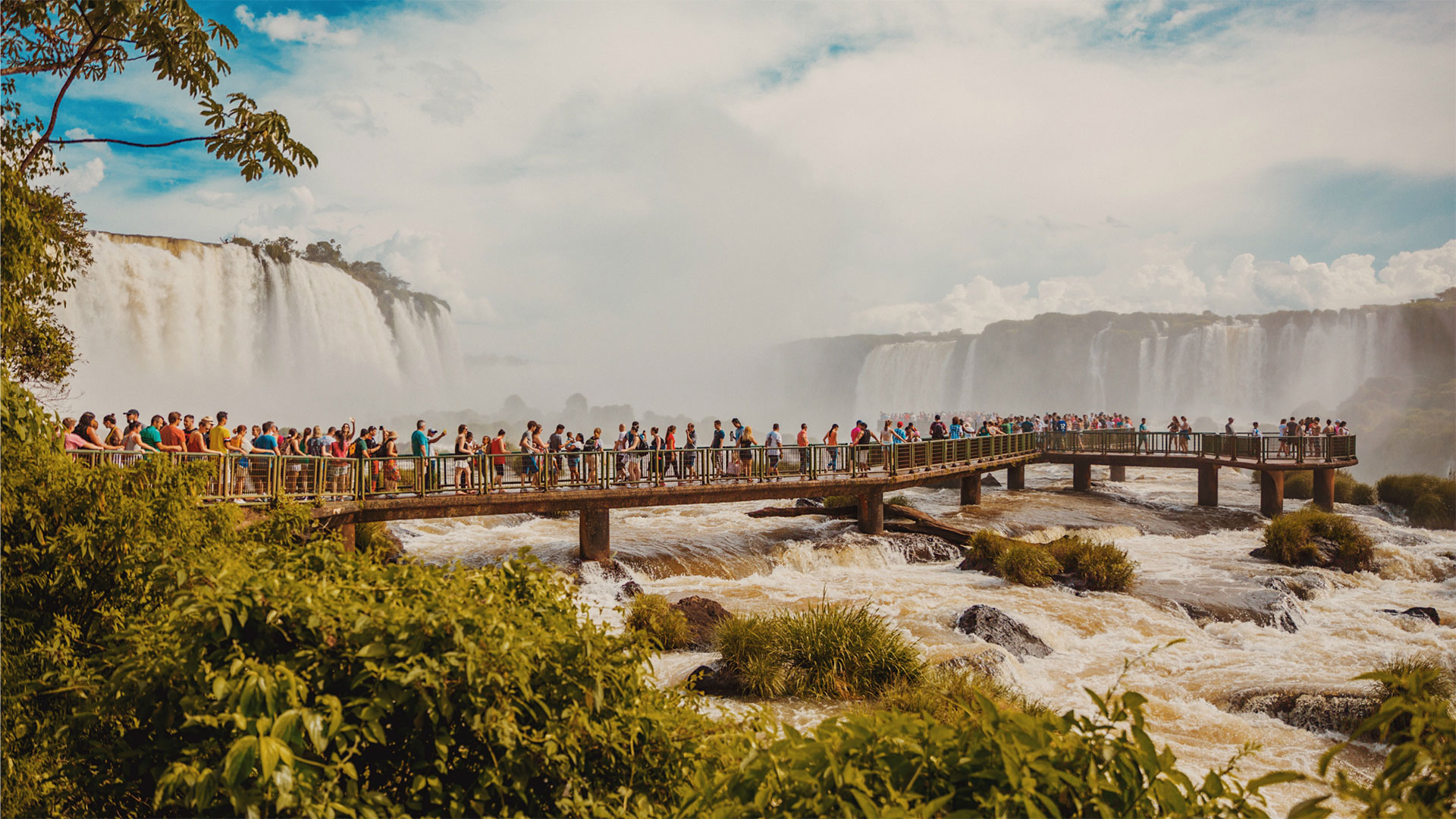Effective Destination and Tourism Marketing Strategies
When it comes to establishing a tourism marketing strategy for a destination, there are a number of factors to keep in mind. Outside of promotions and campaigns, there is a larger conversation to be had about the overall branding and awareness of the location. The vision, goals, and objectives of destination marketing efforts need to be outlined in an official marketing plan. However, discoverability and branding must not be forgotten either.
Establishing a Tourism Marketing Strategy
Like most marketing strategies, establishing an effective tourism marketing plan starts with understanding the target market. Understanding the audience with which your campaign will resonate most can help maximize its effectiveness. With an established target market, you can move on and begin to answer questions like, “What do people already know about the destination?”, “How can we tell the area’s story?” and “What types of attractions and activities will draw attention?” The answers to these questions are a great starting point for the branding process. An image of the destination will begin to take shape, from which you can decide if it is the desired appearance or if there is a rebrand that needs to happen. This process will likely be different from most product branding efforts.
Ultimately the brand you create for the destination (or that it’s created for itself) will influence how future promotions and marketing efforts are structured. Playing to the brand’s strengths with events and campaigns will naturally begin to take place. This will also help solidify your closest and more targeted customer group. For example, if the destination is full of outdoor activities, the brand should be positioned to attract visitors who are interested in those types of activities.

Making Website Upgrades
For newer or smaller destinations, a website might be the first touchpoint that someone has with the location. It may also be the first time that someone sees that location as a desirable travel destination. For these reasons, making a great impression with a high-quality website is important. In today’s world, a business’ website is even more important than their storefront. For travel destinations, there are many roles for a website, one of which is a digital storefront that provides potential customers a look at the “tourism product.”
Obviously, the design and appearance of a site are important factors. Visual elements of the site should match that of the brand and lead to a positive experience for targeted users. Content and site features are the other half of the puzzle. Site visitors will likely be looking to find certain information about the destination and what they can expect to see there while visiting. They might also be looking for ways to book accommodations or entertainment while they are visiting. A big part of tourism business is getting “heads in beds,” which means getting visitors to stay in hotels and visit restaurants that are a part of the tourism organization. Whether it’s booking a room or making a reservation for an activity, the site will need to make these types of features and content easy to find and use.
Creating Original Content
Ultimately, the goal of a destination’s digital presence is to be a one-stop resource for people interested in traveling to the area. Hooking potential travelers with attractions and activities is the first step. However, those efforts are followed by providing them with the appropriate information to plan a complete trip. Creating informative and engaging original content is the most effective way to accomplish this. Blog posts, videos, infographics, and other visualizations are all examples of original content that can be used to create resources for visitors.
Video content in particular is an effective way to visually share the sights and sounds of the destination you’re promoting. Users will be able to experience the destination’s atmosphere while absorbing specific information via voiceover or text. With the rise of video on social media, this type of content will perform well and may act as an acquisition tool if produced at a high enough quality. Visit California does this particularly well in their video series called “Hidden Gems,” which highlights some of California’s lesser known areas.
Blog posts are another effective way to share original content for tourism marketing. Creating posts that act as itineraries or help visitors plan trips may encourage them to book a vacation. Any type of posts that include activities to do in the area or communicates attractions that readers may not already be aware of will help build the brand. Regular blogging and fresh content being added to the site will provide a slight SEO boost for rankings.
Maintaining an Active Social Media Presence
Social media has become a near requirement for most consumer-facing businesses. Tourism businesses are no different. Facebook, Twitter, Instagram and many other platforms are becoming a larger and larger part of our daily lives. Interacting with potential travelers in these places is an effective way to build a recognizable brand and create awareness. Creating a community on these social media platforms can be fairly inexpensive but still provide a group of advocates that will see regular messaging from the page. Generating content to keep profiles active is typically the most time-consuming part of social media, but if there is already original content being generated for the website, it can be easily reformatted for social media.
If social media is included in the tourism marketing strategy for a destination, there needs to be a commitment made to regularly updating profiles with content. A social media presence can only be successful if new, engaging content is consistently shared. Follower feedback and reviews will need to be responded to and addressed in a timely manner. Travel Oregon is a destination that does a great job on social media. Their “We Like it Here, You Might Too” campaign inspired especially engaging content.
Every destination has unique stories to tell and experiences to share. If you are looking for ways to promote a destination, we would love to work with you to develop the best strategies and promotions. For help with digital marketing for a destination or tourism, reach out to us here.




